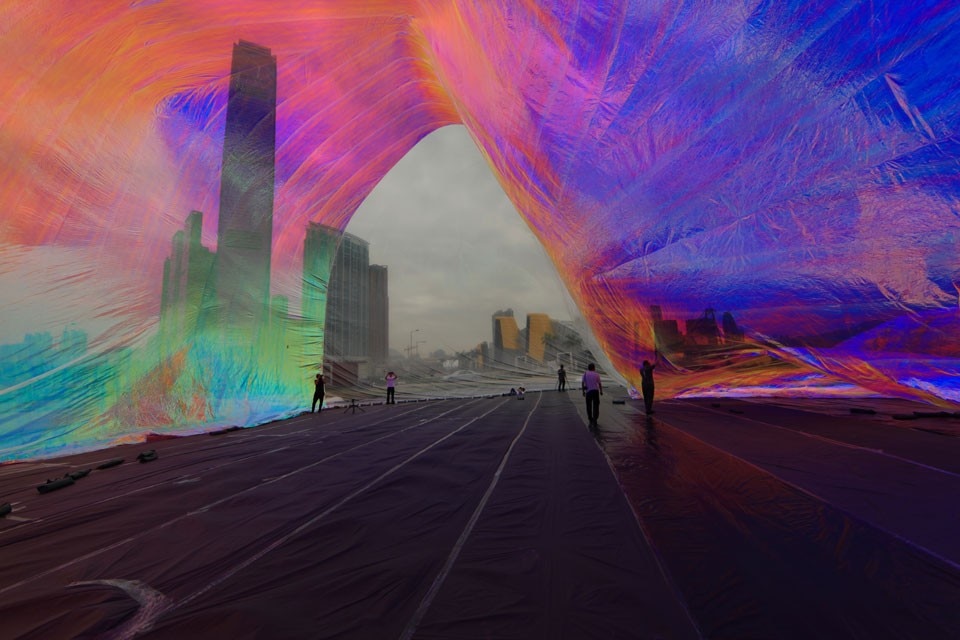A comical, giant suckling pig, a lotus flower painted black, long female legs stretching into the sky, a Stonehenge for the sacrilegious, red lantern-like balls dancing in the wind and a huge pile of – excuse my French – shit. Six large, inflatable and extremely surreal sculptures feature in the Mobile M+ series' "Inflation!" exhibition, which recently opened on the West Kowloon Promenade in Hong Kong.
The exhibition features the work of 6 + 1 artists: Chinese artist Cao Fei, a photographer, creator of video installations and new-media works; South Korean designer and artist Choi Jeong Hwa, who seeks to celebrate everyday life on video using plastic, metal wires and lights; Hong Kong artist Tam Wai Ping who explores the relationship between ground, environment and community; London-based Jeremy Deller, champion and forerunner of a collective sense of art; Chinese studio Jiakun Architects, whose design experiments touch on essence and the ephemeral; and provocative, sarcastic American visual artist Paul McCarthy. The + 1 is Tomás Saraceno, famous for his bubbles, spiders’ webs and clouds, who will accompany the works on display with three performances in May and June.
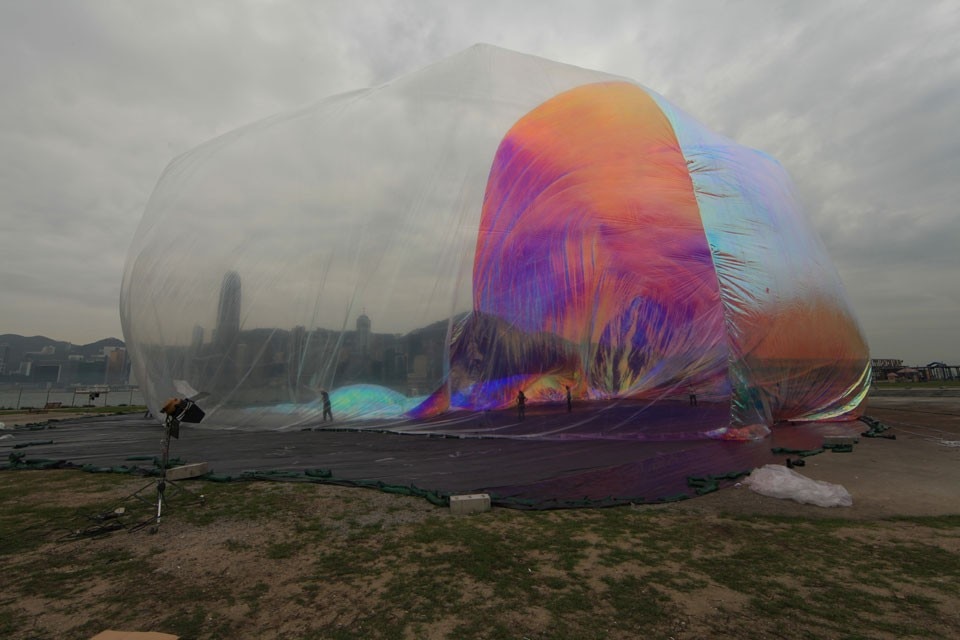
This is the fourth itinerant exhibition organised by the Western Kowloon Cultural District Authority (WKDA), and it brings some of the key public sculptures of recent years to the fragrant harbour, paving the way for the future park (14 hectares) that will open here in 2014.
There are not many tourists, just Hong Kong locals – teenagers, children, adults and the elderly – playing around, wandering and observing the sculptures, and reflecting on the role played by culture and public spaces.
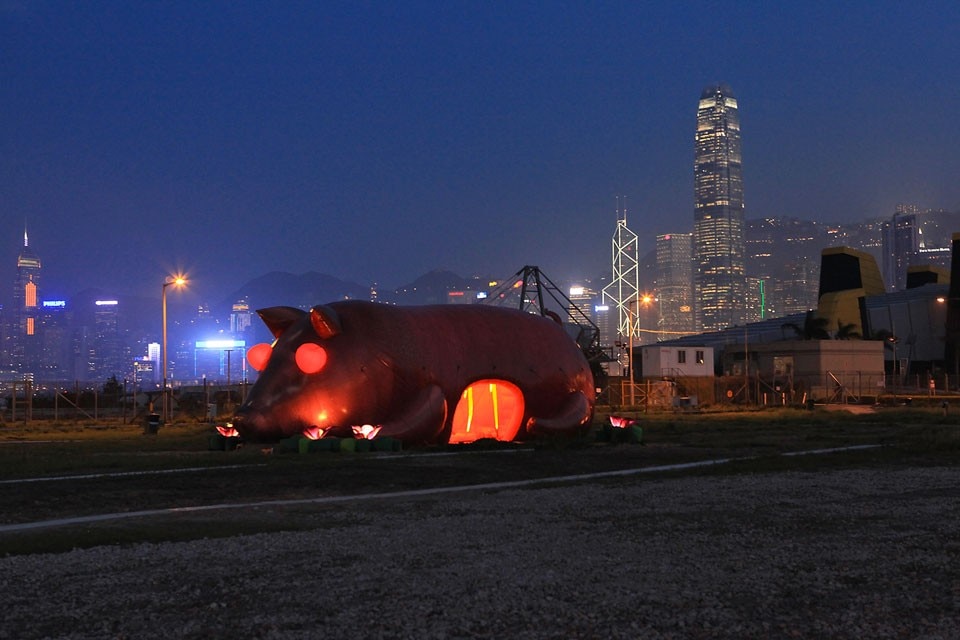
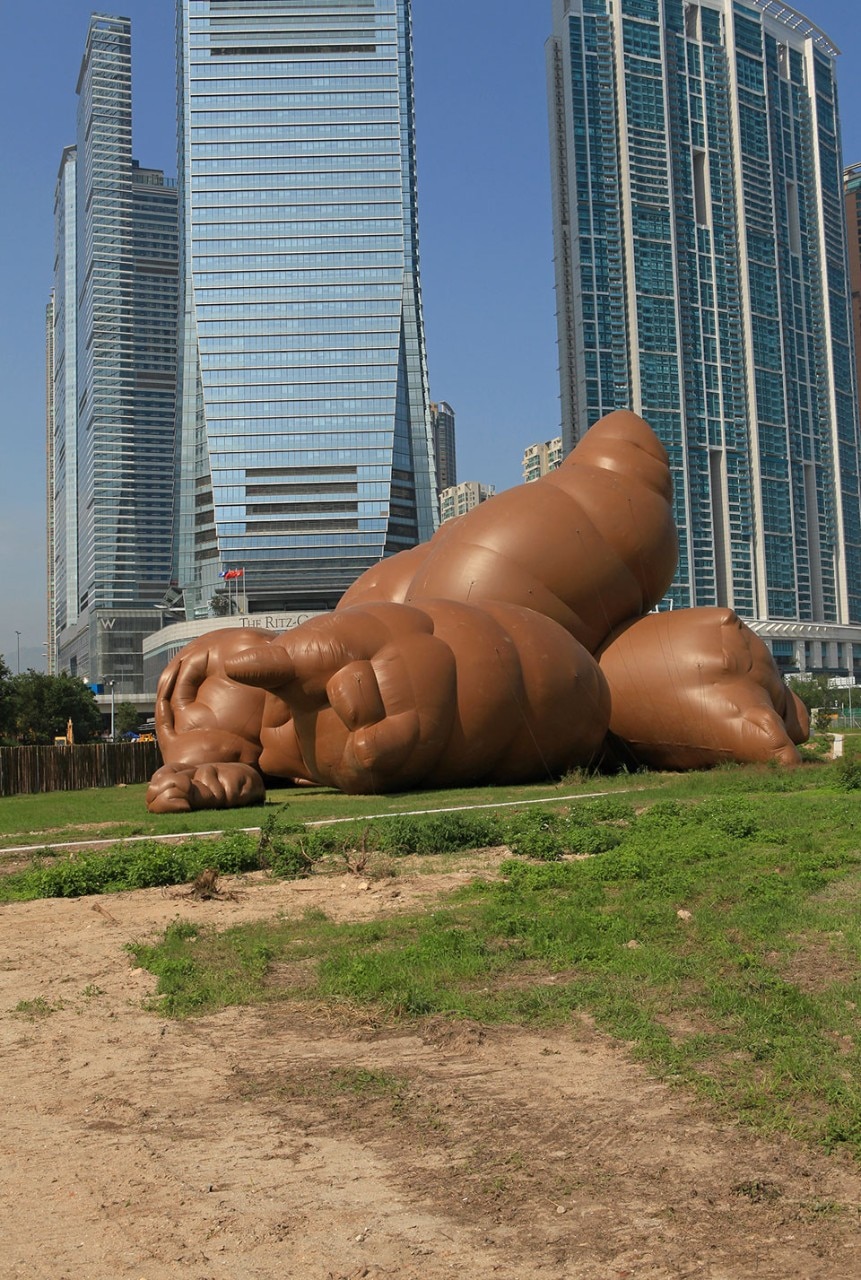
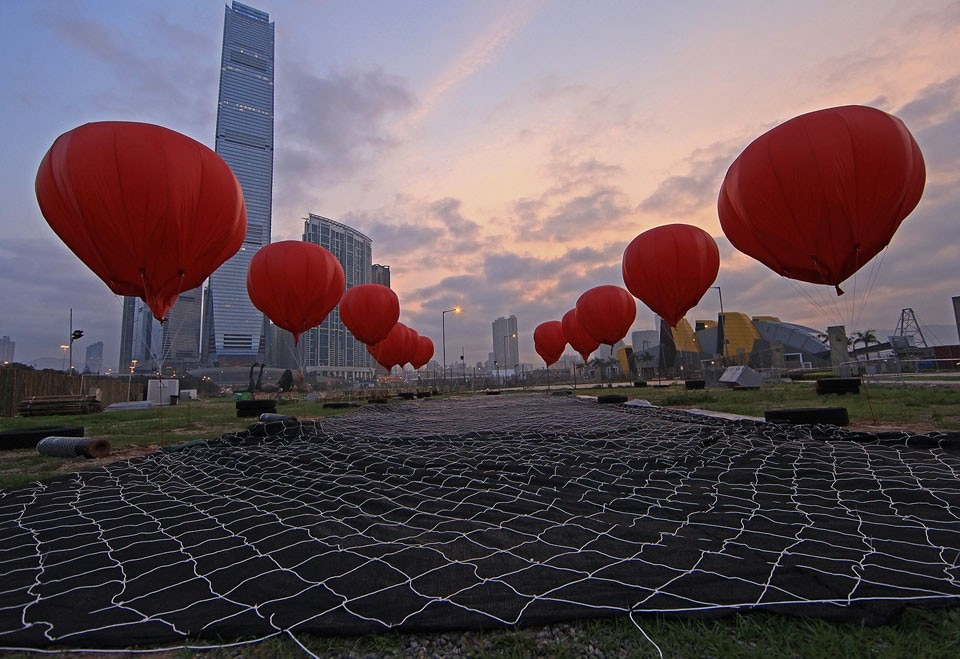
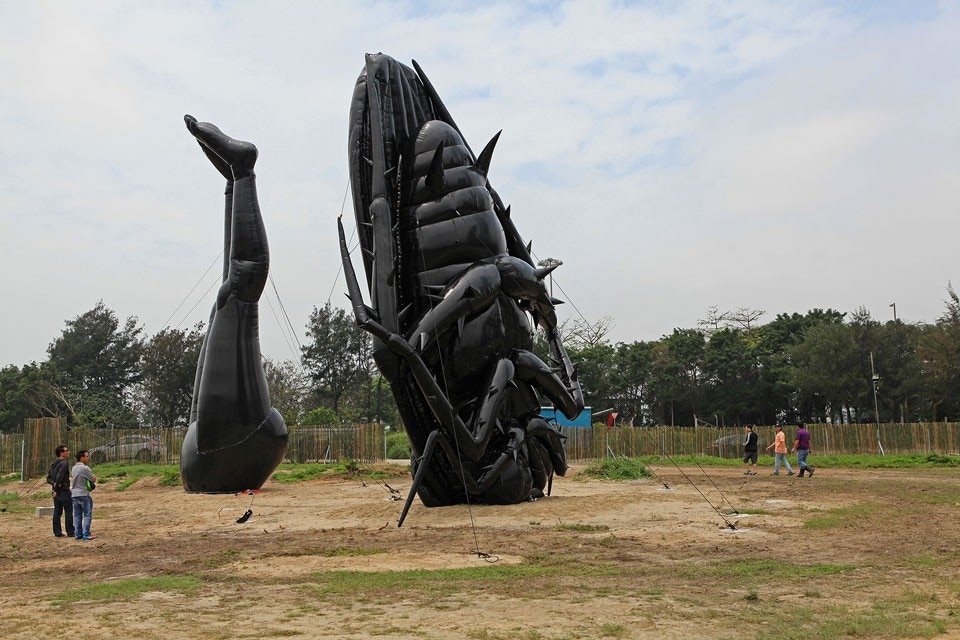
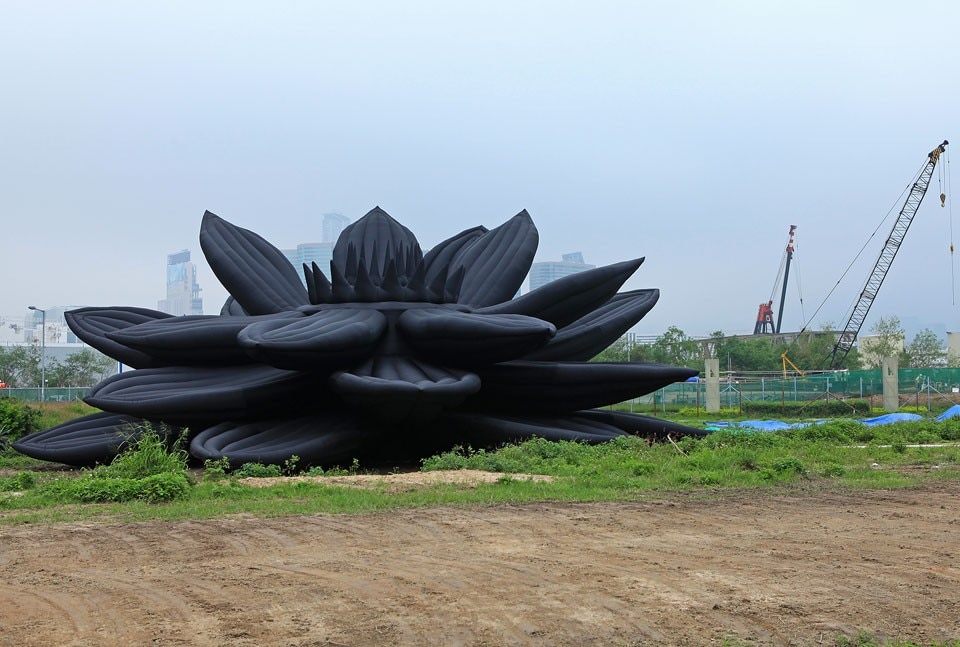

Through 9 June 2013
Inflate!
Mobile M+
Hong Kong


